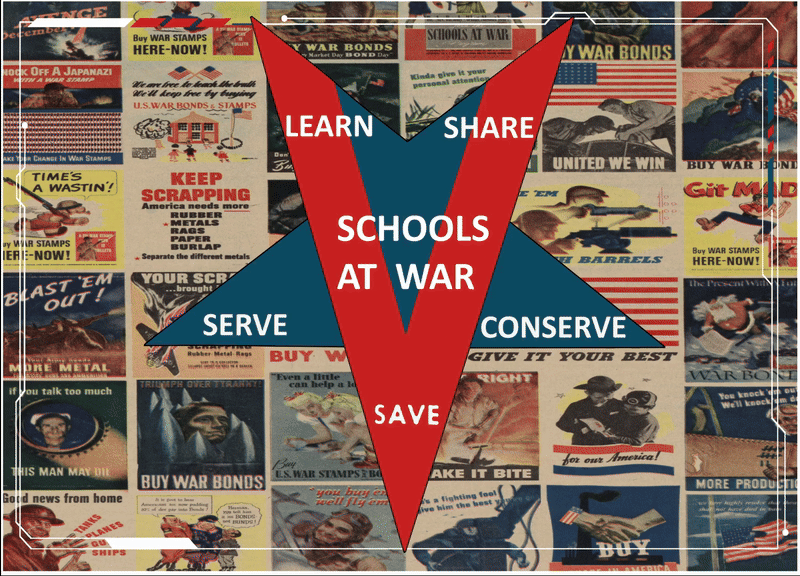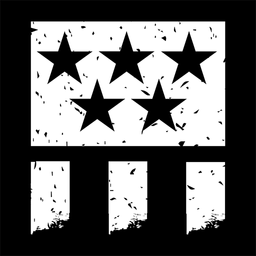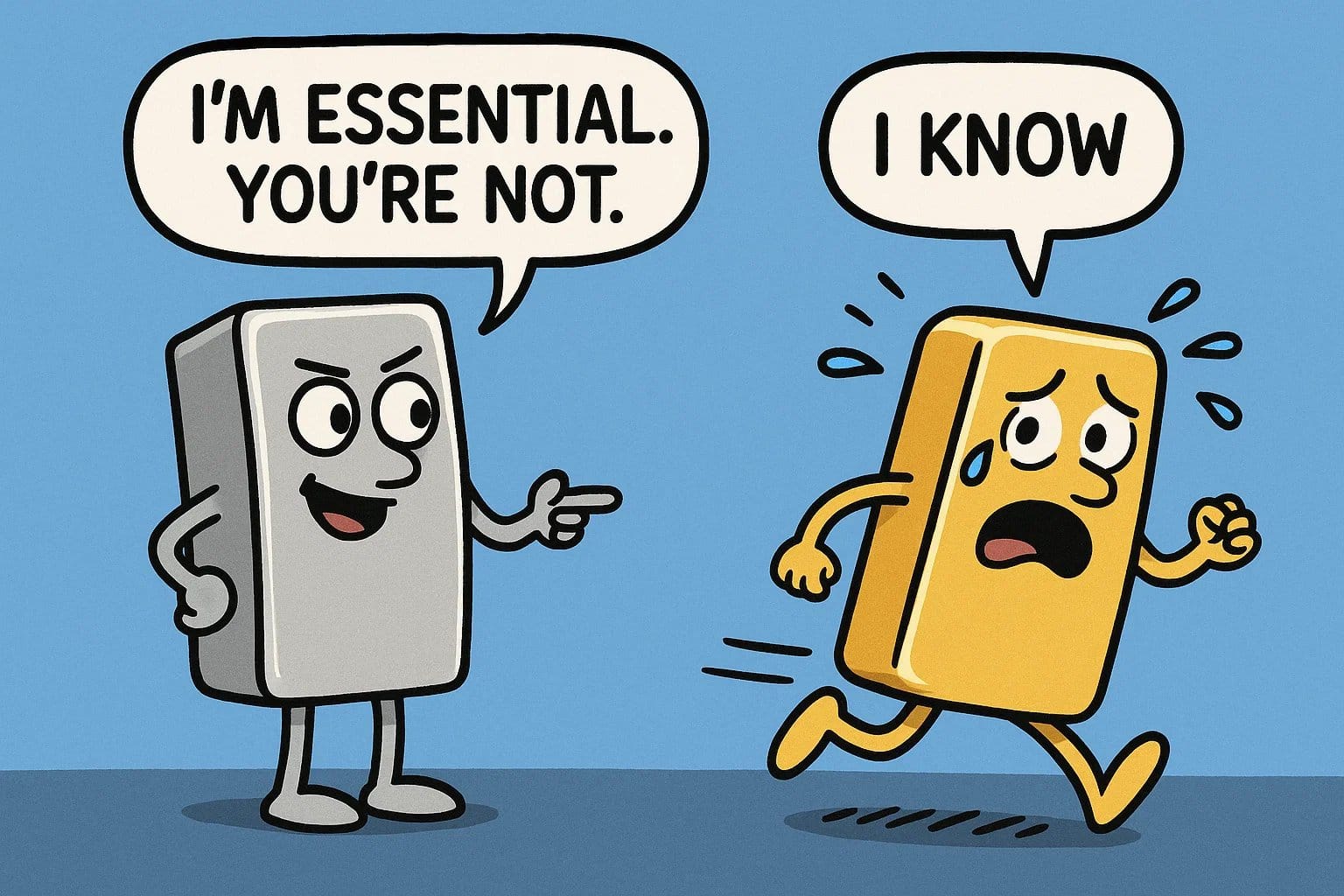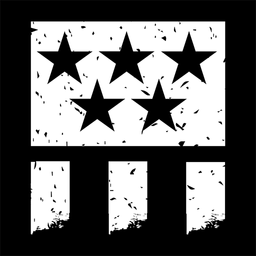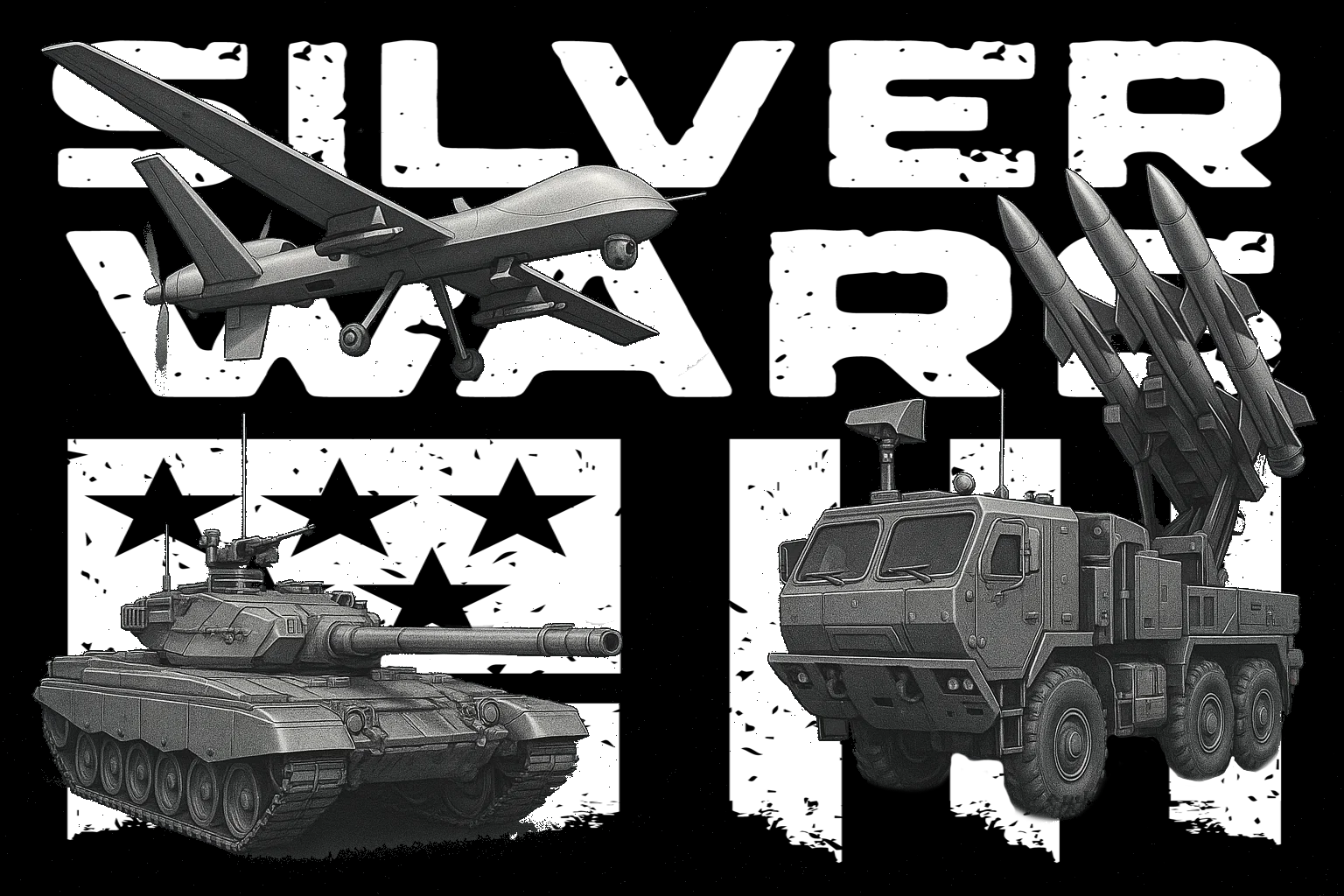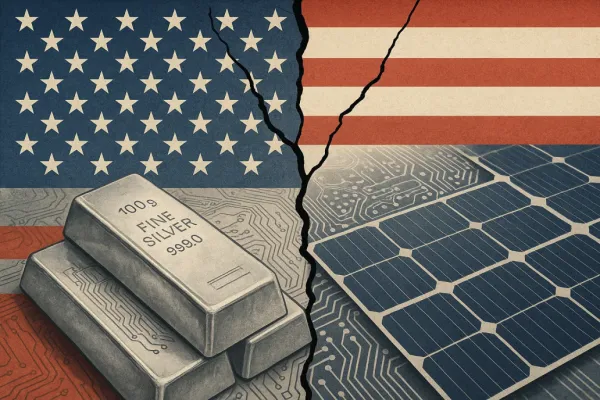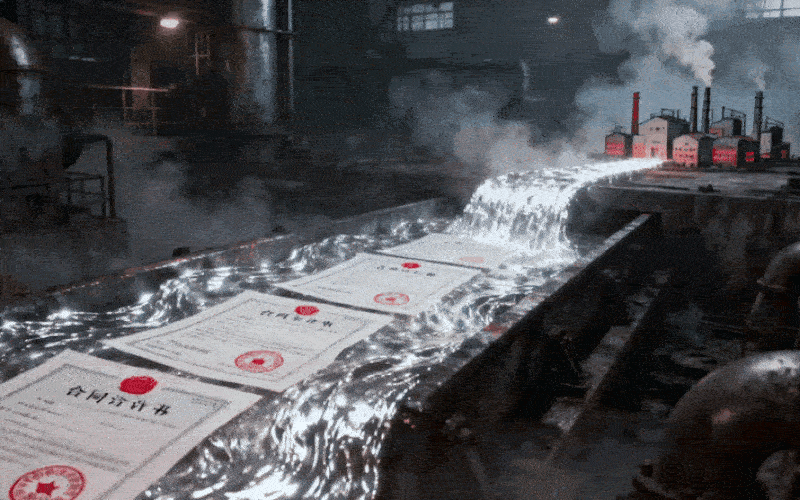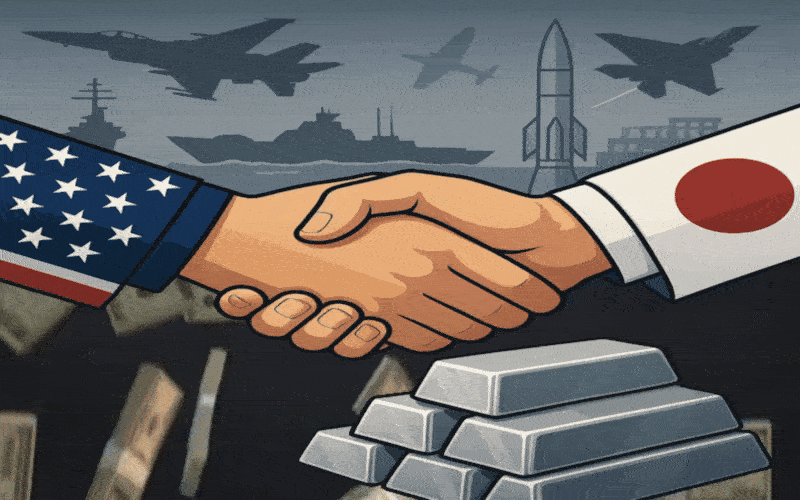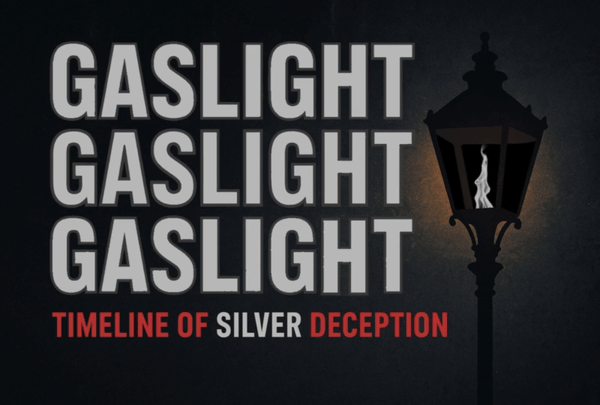The U.S. “Schools at War” and War Savings Stamp campaigns of the World Wars mobilized millions of children and ordinary citizens to buy low-denomination war stamps (10¢, 25¢, etc.) and glue them into booklets. Once a booklet was filed (for example, 75 stamps at $0.10 = $7.50 face value), it could be exchanged for a $10 or $25 War Bond.
On the surface, this was sold as patriotism and thrift – a lesson in saving and sacrifice. Americans were urged to “Save, Serve, Conserve” and even had classroom contests and school flags awarded for high participation. In practice, however, it functioned like an interest-free loan to the Treasury: citizens gave up hard currency (often silver coins) in exchange for a promise of a future bond. War Saving Stamps could be collected in a War Bond Stamp Book and redeemed for a larger bond. This clever framing turned something like a bond purchase into a fun game of filing books, but every coin turned in stayed with Uncle Sam – and that included the valuable silver in each dime or quarter.
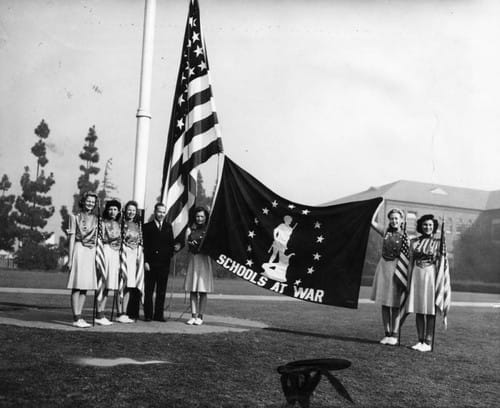
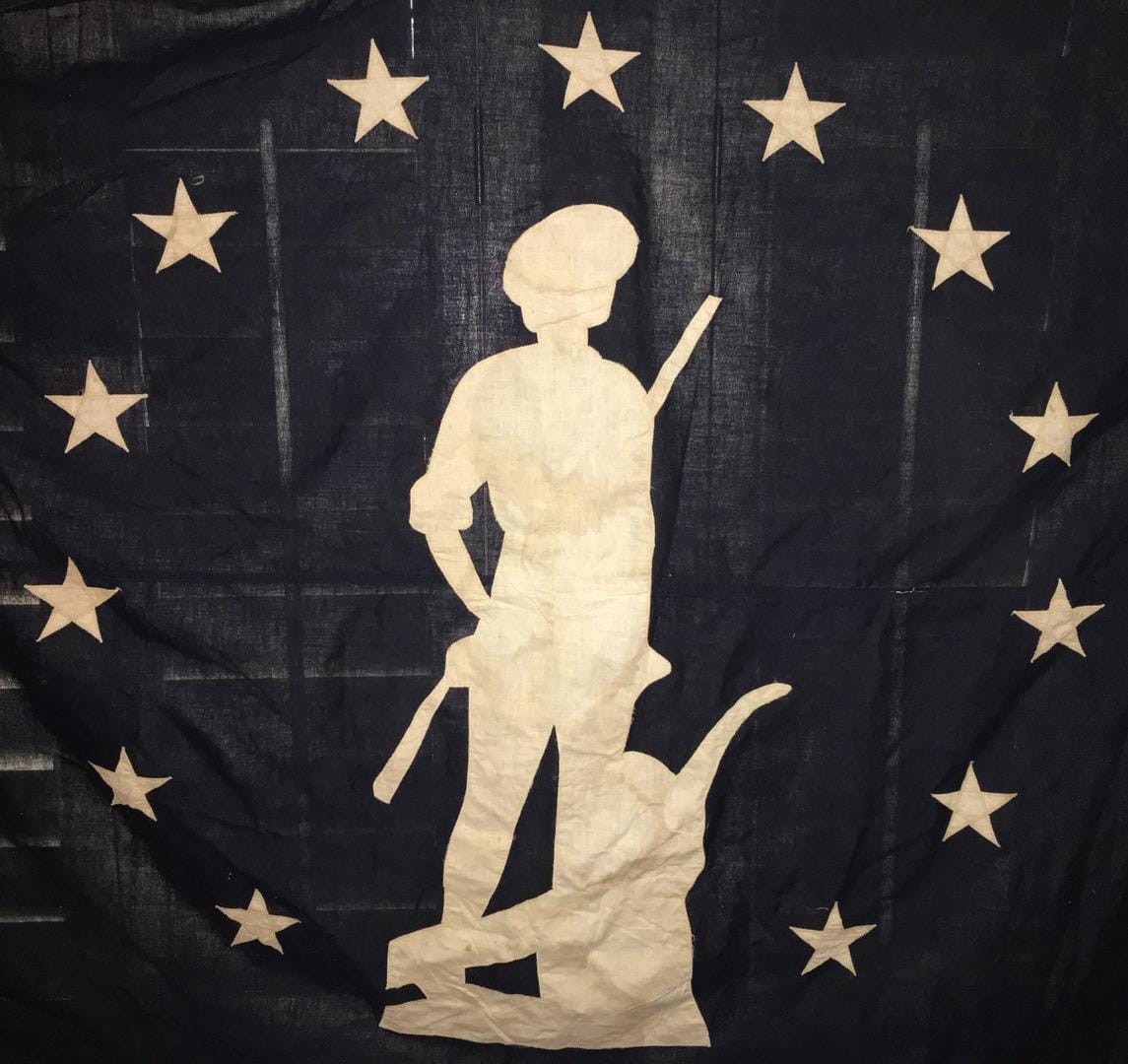
LEFT: Mr. Wood and Fremont High School girls' drill team displaying Minute-Man flag | RIGHT: Color Example
In fact, even in World War I the U.S. needed silver for new technologies. Military cameras and reconnaissance film used silver halides to capture images – making silver both money and munitions material. By World War II, silver’s role expanded: the military developed silver-zinc batteries to power submarines, torpedoes, missiles, and radios. The most dramatic example was the Manhattan Project’s “Silver Program.” Army engineers at Oak Ridge covertly stole 15,000 tons of silver from Treasury vaults to wind into the massive electromagnet coils for uranium enrichment.

In other words, dollars in children’s piggy banks (in the form of dimes & quarters) were being funneled to high-tech war industry. By quietly collecting silver coins via stamp sales, the government stealthily augmented its strategic stockpiles. Importantly, this was done voluntarily under a patriotic banner. As the Army field manual defines PSYOP, these campaigns “convey selected information… to influence [people’s] emotions, motives, objective reasoning, and ultimately the behavior” of the target audience.


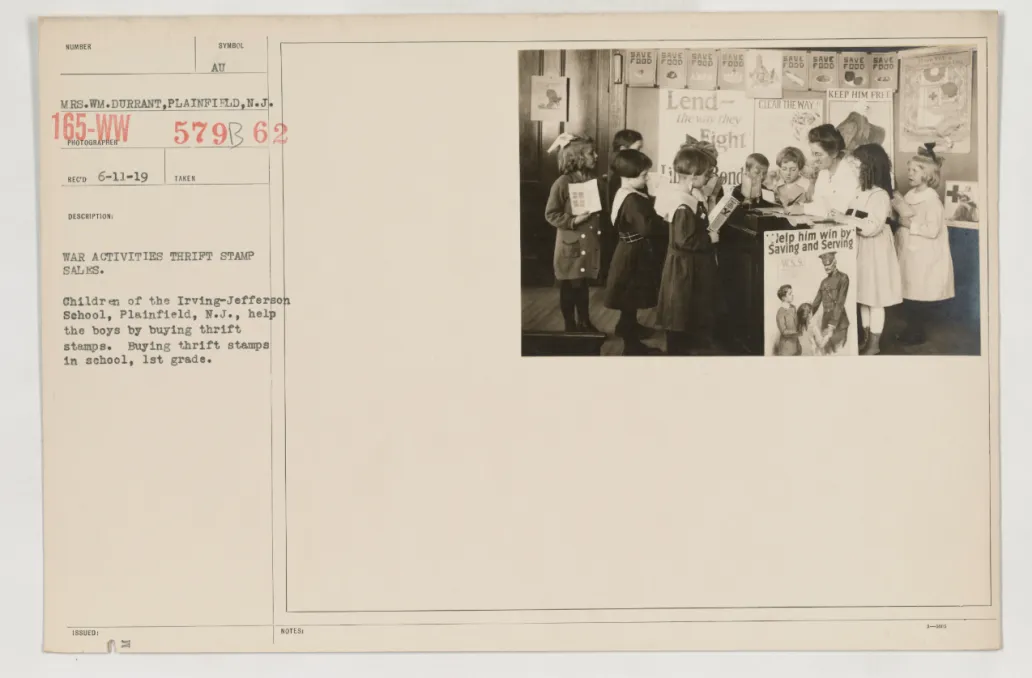


WW1 Period Sourced from the US National Archives
Selling war stamps to children was a textbook psychological operation – it shaped feelings of duty and participation without any use of force. A Treasury-sponsored poster even equated a half-filed stamp album with an “half-equipped soldier,” urging kids to “arm” their troops. The tactic paid off: by war’s end students had helped raise over $2 billion for the war effort, and an estimated $0.93 billion of that in World War I savings stamps alone. (Adjusted for inflation that $2B is roughly $30-$36B today.)


The campaign enlisted celebrities and pop culture to amplify its message. Hollywood and music stars lent their names and images to war finance drives, making stamps seem glamorous and fun. Frank Sinatra, Bob Hope, and others appeared in movie shorts and radio spots urging families to buy savings stamps. Comic book heroes and cartoon characters likewise appeared on posters and in school assemblies to recruit stamp sales. These tactics echoed earlier British efforts: in WW1, Britain bundled bonus pictorial stamps with each purchase as children could paste heroic images (Victoria Cross winners, battleships, etc.) in scrapbooks – essentially the era’s “trading cards” – turning saving into a collectible hobby.
Looking to diversify your portfolio with tangible assets? Jim Cook at Investment Rarities offers expertly curated asset investments with their extremely dedicated team. Discover unique opportunities often overlooked by traditional markets. Visit investmentrarities.com today!
The U.S. similarly weaponized the allure of colorful stamps and patriotic imagery. Across the country, newspaper headlines cheered how many planes or jeeps schoolchildren had “bought” by filling booklets, and classes held parades or contests to see who could turn the most pennies into “Defense Stamps.” Countless contemporary accounts describe kids doing chores or skipping treats to earn coins for the next stamp purchase. In short, war finance became child’s play.



Feeding people carefully crafted narratives… is just as effective as confiscation – and the stamp program was a masterclass in that approach.
Schools at War and Freemasonic Symbolism
An intriguing detail is the imagery used in the Schools at War program. The official logo and book-covers often feature a large five-pointed star. Observers have noted the resemblance of this symbol to the emblem of the Order of the Eastern Star – a Masonic-affiliated women’s organization – which also uses a five-pointed star (one point downward). During the 1940s, many of the teachers and school leaders organizing stamp drives were women – precisely the demographic from which Eastern Star drew its membership. Though no evidence proves a deliberate Masonic “master plan,” the visual overlap raises eyebrows in retrospect. The Eastern Star’s star was, after all, a well-known Masonic symbol of the time, and some view its echo in school charts as a subtle nod to Freemasonry behind the scenes.


Whether or not one reads it as a secret sign, the Schools at War campaign undeniably tapped familiar patriotic and even quasi-religious symbolism. The star evokes courage and unity (think of colonial flags and Minutemen imagery also used in the campaign). But it’s also true that high-level wartime leaders were themselves Freemasons – men like President Franklin D. Roosevelt (a 32nd-degree Scottish Rite Mason and Shriner) and Harry S. Truman (Grand Master of Missouri Freemasons in 1940).
Freemasonry in America has long drawn ambitious, well-connected figures, wealthy and in some cases aristocratic old money and has often been criticized as an “elitist men’s club”. In an ironic twist, the very wives and mothers in the classrooms (many Eastern Star members) were rallying kids for a cause arguably set by the masonic-affiliated leadership. Speculatively, if Masonic elites anticipated wartime silver shortages (which documents later confirmed), they would have needed a stealthy way to pull silver out of circulation. Convincing 30 million kids to turn in their dimes fits that bill – it required no law or panic, just patriotic fervor carefully cultivated in schools.


Sourced from US National Archives
Wall Street Silver Reddit is the Home of #SilverSqueeze. We love silver. Every Troy Ounce! No diamond-hands without EXTREME Pressure!
[Now Under SILVER WARS Management]
The Hidden Hand with a Silver Agenda
Behind the fanfare, the core goal of the War Saving Stamp program seems to have been collecting hard money for the Treasury and reclaiming silver from the public. In the 1940s, U.S. dimes and quarters were 90% silver. Every coin a child turned in was melted down for industrial use. By funneling small change into bonds, the government effectively “monetized” public silver reserves without calling it a tax or confiscation.
As war production ramped up, every ounce of silver counted – for cameras, electronics, and secret weaponry. America’s top planners were desperate: official records show the military even stole massive amounts of Treasury silver for projects like nuclear bomb development. Yet openly seizing citizens’ silver coins would have sparked outrage. The stamp scheme sidestepped that risk by wrapping the transfer in voluntary sacrifice.


Indeed, many war stamps were never redeemed. After the fighting ended, millions of booklet pages were left unfilled and never turned in. Some schoolbook scrapbooks with unused stamps turned up in attics decades later. Each unredeemed booklet meant the government kept the face value (and the silver it represented) without having to issue a bond or pay interest. (In fact, Treasury records later reported vast silver withdrawals for war industry, while citizens quietly sat on piles of unused stamps.) Whether by accident or design, the public ended up “banking” a lot of silver in Uncle Sam’s vaults. In modern terms, this was a soft confiscation: a voluntary transfer of wealth under patriotic pretenses.
The ethical implications are stark. Freely, little children handed over wealth they barely understood; in retrospect, many realize it wasn’t just “helping the troops” but literally giving raw materials to the war machine. Historians and collectors note the savvy nature of this campaign: it matched each stage of war with a silver-intensive technology (photographic surveillance in WWI, radio and nuclear tech in WWII, etc.) and drained the public’s silver. The government’s playbook was to avoid panic or protest by calling it civic duty.
Feed people a narrative “is just as effective as confiscation” or towards any goal where the public's ignorance is bliss for special interests– and the war stamp program has proven that point.


Some Tricks Are Timeless
After the War: Korea, Cold War, and the End of Silver Coinage
The war savings stamp campaigns did not vanish on V-J Day. During the Korean War and early Cold War, the Treasury ran “Defense Bond” drives with similar school-based promotions (though on a smaller scale). Children again collected cents for defense stamps, and patriotic slogans like “Buy Defense Bonds!” appeared in schools and stores. However, the official War Savings Stamp program faded by the mid-1950s.

Ironically, it was around this time that silver’s place as U.S. money ended: in 1965 the Mint ceased using silver in dimes and quarters. With circulating coins now copper-nickel, there was no longer the same impulse to wring silver from civilians. The covert silver-collection mission had quietly achieved its goal.

Legally and morally, these drives left a mixed legacy. They did raise huge sums (helping fund the wars), and thousands of volunteers learned about saving money. But they also demonstrated how easily patriotism can be harnessed to transfer wealth. A government that advises “every man, woman, and child” to sacrifice must be trusted to be honest. In this case, millions were not told that their hard-earned silver would power nuclear bombs and guided missiles.

Looking back, many modern observers call it a form of economic deceit. It fits the definition of a coordinated operation (a conspiracy in the literal sense of a plan) to redirect citizens wealth, camouflaged as unity. As archival evidence shows, Secretary Morgenthau and others quietly funneled silver into war labs without public fanfare. It was only decades later that researchers pieced together the silver trail, turning a patriotic tale into a cautionary history.
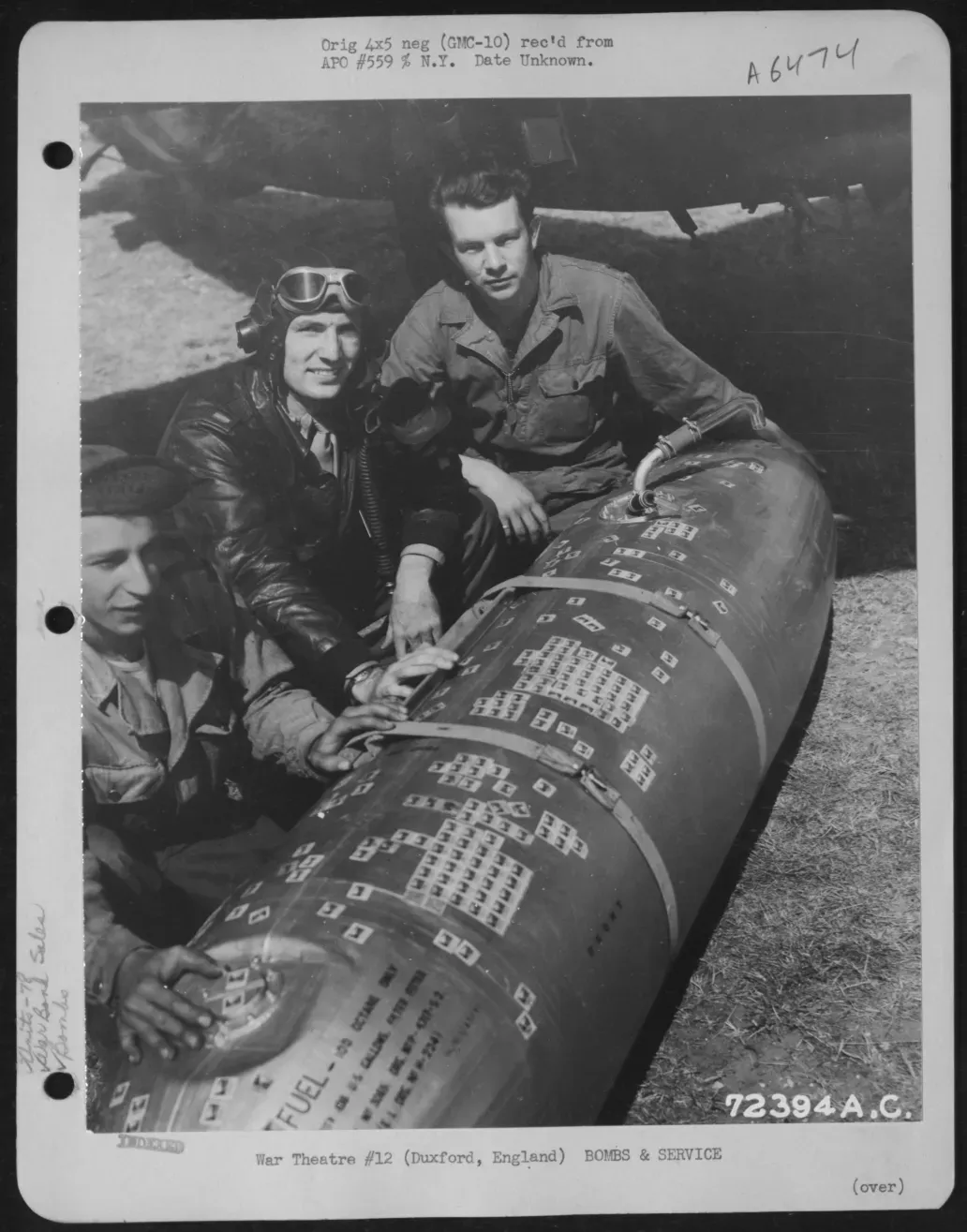
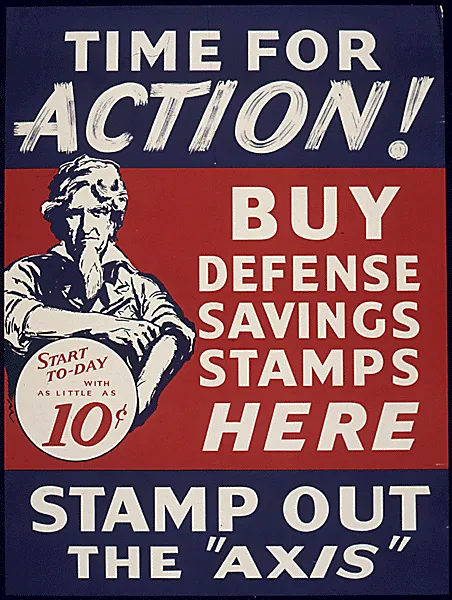
In the end, the Schools at War and war stamp saga is rarely presented this way in textbooks. It’s usually remembered fondly as children “buying” jeeps and planes for the war. But the other side of the story is hard to ignore! Patriotism was intertwined with a psychological operation to empty the nation’s silver pocket change. For those who value liberty and transparency, this is a sobering reminder: whenever “voluntary sacrifice” is touted for a grand cause, we should ask who really benefits and why. The lesson of the war stamps is that a child’s innocent collection of colorful stickers can, unwittingly, become part of a much bigger game.
The Research we do is made possible by our sponsor Investment Rarities and Public Donations. Thank You For Your Support!



